What Runners Need to Know About Pain Medication
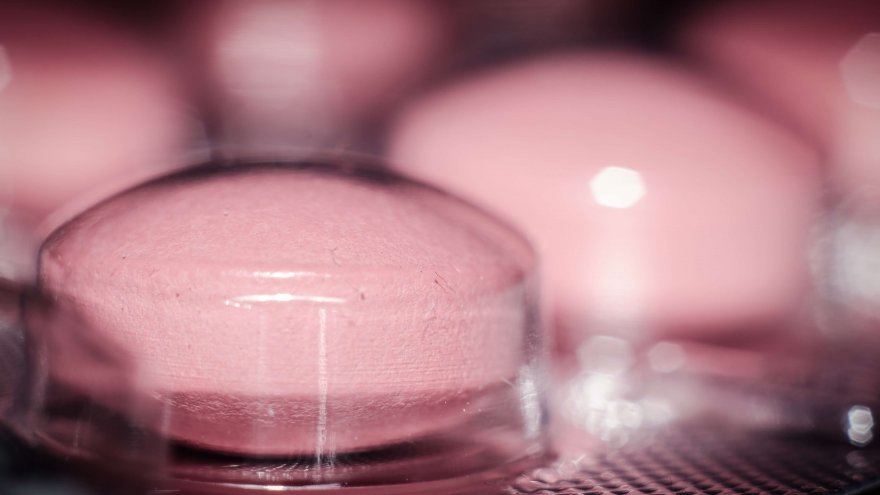
An astonishing number runners use pain medication. Various meds are used to either prevent, mask or relieve any number of aches or pains before, during or after a run. But just because everybody is doing it, does it mean it is safe, or at the very least, effective? Research shows a very clear and resounding “no” to both these questions.
Some Scary Background
In a study of participants in the 2010 Bonn marathon it was found that 49% of the 3913 runners who returned the online questionnaire took analgesics (pain medication) before the race. Premature race withdrawal because of muscle cramps was more frequent among the medicated group than those who didn’t take any meds (control group).
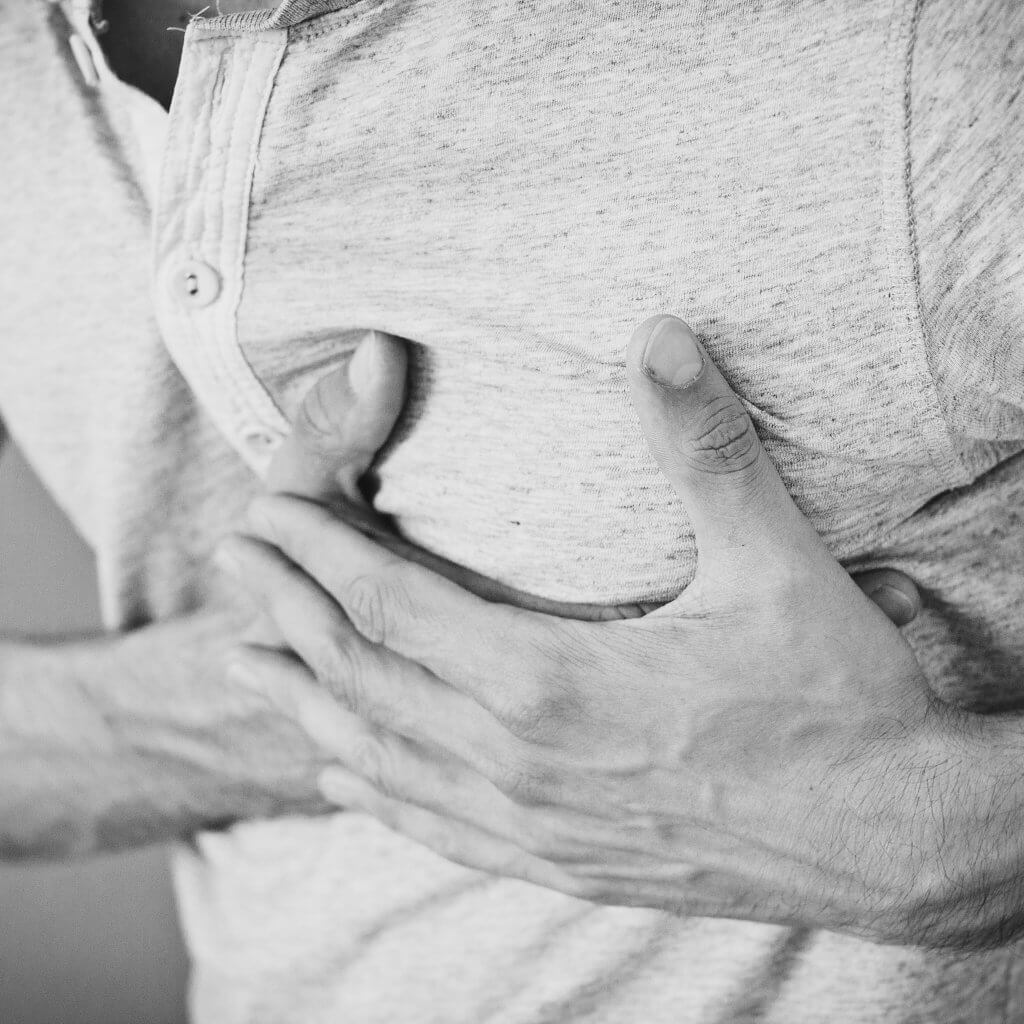
In addition, there was an almost five times higher incidence of negative effects experienced among the medicated group compared to the control group. Nine of the medicated group were temporarily hospitalized. Six of these participants used aspirin and experienced cardiac infarction (2) or bleeds (4). The remaining three runners were hospitalized due to temporary kidney failure after taking ibuprofen. None of the control group were hospitalized.
The Causes: Where Does It Hurt?
As runners we all know that it is a very bad idea to run through an injury, although many of us have been there. And some of us probably then opted to finish or even start a race with a little help in the form of pain relief. Others may use pain meds to increase pain tolerance and endurance, while many have reported that they take ibuprofen to try and prevent post-race muscle soreness or even speed up the recovery process.
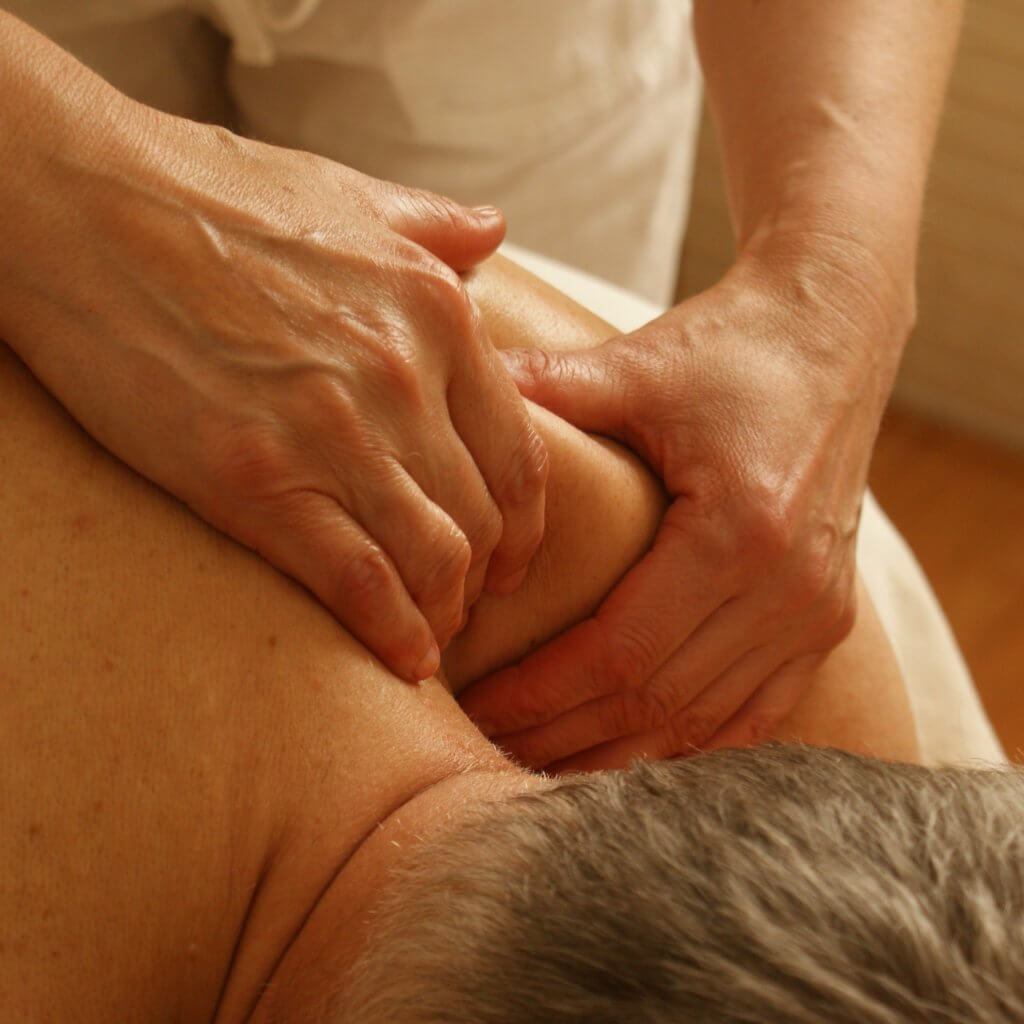
Understanding the specific (non-injury related) aches and pains of running plays a role in the choice of medication.
DOMS and Inflammation
While fatigue-related pain hurts and hampers during and right after a hard run, Delayed Onset Muscle Soreness (DOMS) is the reason we hurt the next day. Although previously speculated, DOMS is not caused by lactic acid buildup. Instead, a number of studies have shown that lactate levels in the body returned to normal as soon 20 to 40 minutes after exercise. DOMS, on the other hand, sets in only about 24 hours of the causing activity, with a possibly peak after 48 hours and lasts for a day or two.
Although the specific mechanism isn’t clear, it is postulated that acute inflammation is associated with DOMS. Inflammation, a function of the body’s immune system, aids the removal of harmful stimuli and initiates the body’s own healing process. Inflammation involves the release of prostaglandins, which causes increased blood flow to and white blood cell accumulation at sites of muscle damage. This is why inflammation is usually associated with swelling, but also with heat, redness and pain.
Which drugs for what?
Now that we know where the usual aches and pain comes from, let’s take a brief look at some frequently used over-the-counter (OTC) pain medication and what each is supposed to do when taken in isolation.
Analgesic is the term used to refer to drugs that stop pain. This group of drugs can include various subgroups of medication that each have a different way of addressing pain and associated symptoms.
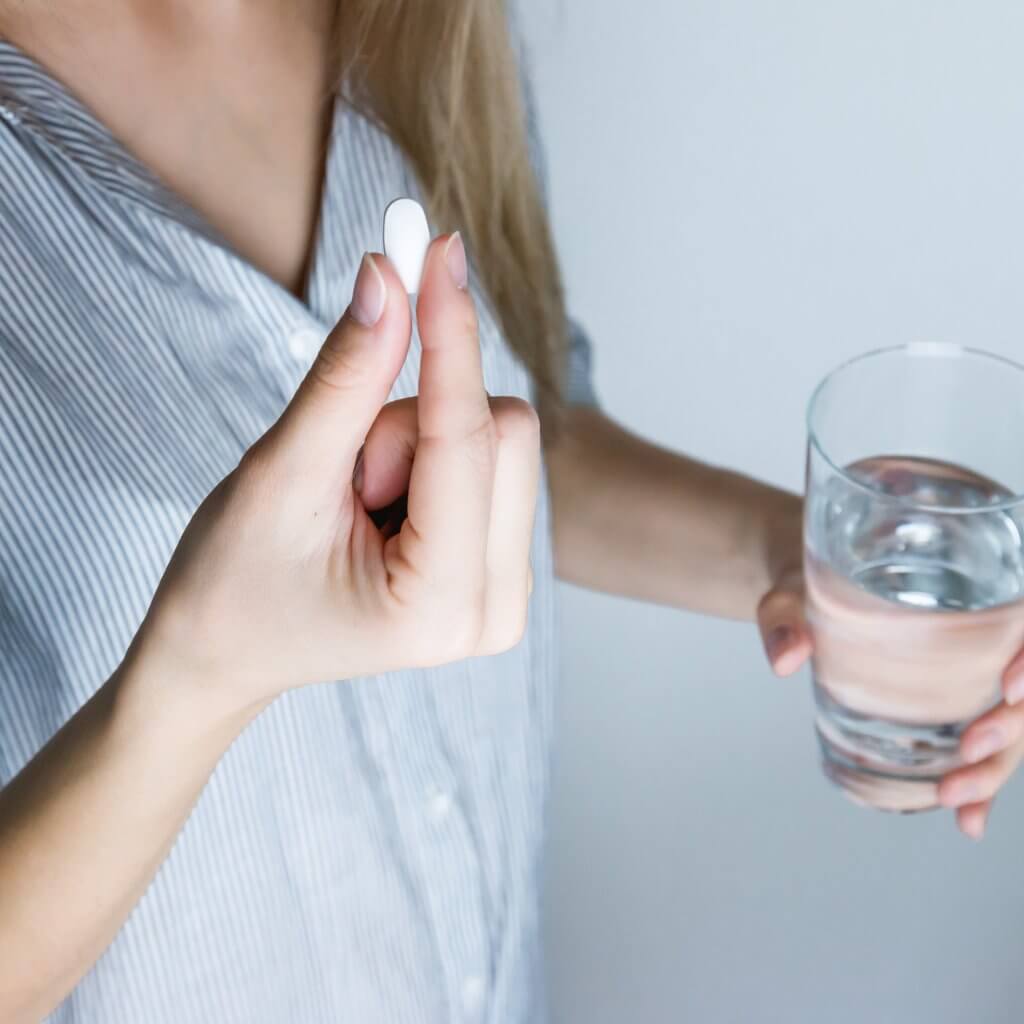
Paracetamol
Paracetamol, such as contained in Panadol, Calpol and Tylenol, is an analgesic as well as antipyretic (used to relieve fever), and also referred to as acetaminophen.
Aspirin
Aspirin, or acetylsalicylic acid, is an analgesic that also reduces fever and inflammation. In addition, it also reduces the blood clotting function by reducing the number of platelets formed in blood, and so can be used to prevent heart attacks.
NSAIDs
Non-steroidal anti-inflammatory drugs (NSAIDs) have both analgesic and antipyretic qualities, and can fight inflammation if taken in higher dosages. NSAIDS include aspirin, diclofenac and ibuprofen.
The Effects: Taking Meds on the Run
NSAIDs work by inhibiting the production of prostaglandins, which results in less inflammation and less dilation of blood vessels. A reduction in prostaglandins, the hormone which normalizes blood flow to the kidneys, may over-stress the kidneys and cause kidney injury or failure if coupled with dehydration and physical exertion. In addition, NSAIDs may increase an already elevated blood pressure while exercising. Add to this the effect of NSAIDs to block cyclooxygenase (COX), the enzyme that normally protects the heart, and you face the risk of a heart attack. COX also protects the stomach lining from digestive acids. When NSAIDs are taken before or during a run it may cause diarrhea, cramps, nausea and even intestinal bleeding. The risk of hyponatremia also greatly increases when taking NSAIDs on a marathon or longer run.
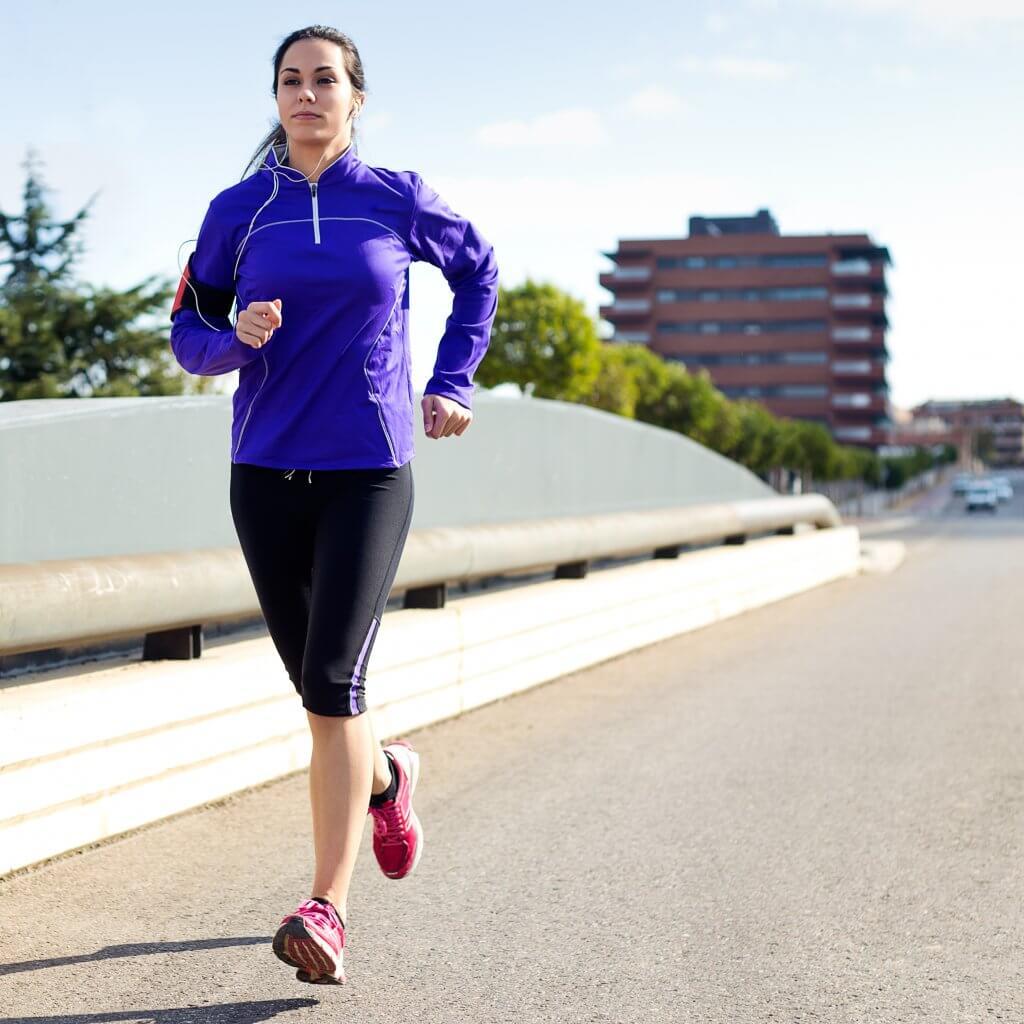
With all this said, does NSAIDs really reduce pain and inflammation in running? Apparently not, says Dr David Nieman, a Professor in the Human Performance Lab at the Appalachian State University in North Carolina. His study of athletes who used of NSAIDs during the Western States ultra-marathon showed that the medication did not alter muscle damage or soreness compared to runners that took no medication. And that, in fact, higher levels of inflammation was measured from those who took NSAIDs.
More Effects: How the Meds are Hurting your Training
Inflammation stimulates muscle repair. By taking NSAIDs to suppress inflammation to take its course one may thus be slowing down the body’s own healing processes. In addition to aiding muscle regeneration and healing, inflammation also helps to promote muscle growth. This is achieved when the body’s inflammatory response to injury stimulates muscle stem cells to multiply. Muscles thus not only heal after micro-impacts such as strenuous exercise, but also returns stronger. This process is mediated by the release of inflammation-related prostaglandins.

A group of scientists at the Institute for Stem Cell Biology and Regenerative Medicine of the Stanford School of Medicine, California, investigated muscle regeneration in mice muscle tissue with microscopic muscle damage, similar to what happens during exercise. It was found that, after using NSAIDs to inhibit the release of inflammation-related prostaglandins, fewer new muscle cells were produced. The muscle tissue of the control group, i.e. where prostaglandins were not blocked, regeneration was much faster and the muscles returned stronger after healing.
The Problem with Self-Medication
Most often it is assumed that because a product is available over-the-counter it is safe to use willy-nilly. This proves to be very risky in running where the body is already taxed by exertion. In a case that has been described as ‘the perfect storm’, a fit 23 year old male runner, Sam Harper Brighouse, died while running a marathon. The cause of death was found to be a reaction to a combination of hyperthermia (high body temperature), dehydration and endurance exertion after taking sports supplements and ibuprofen.
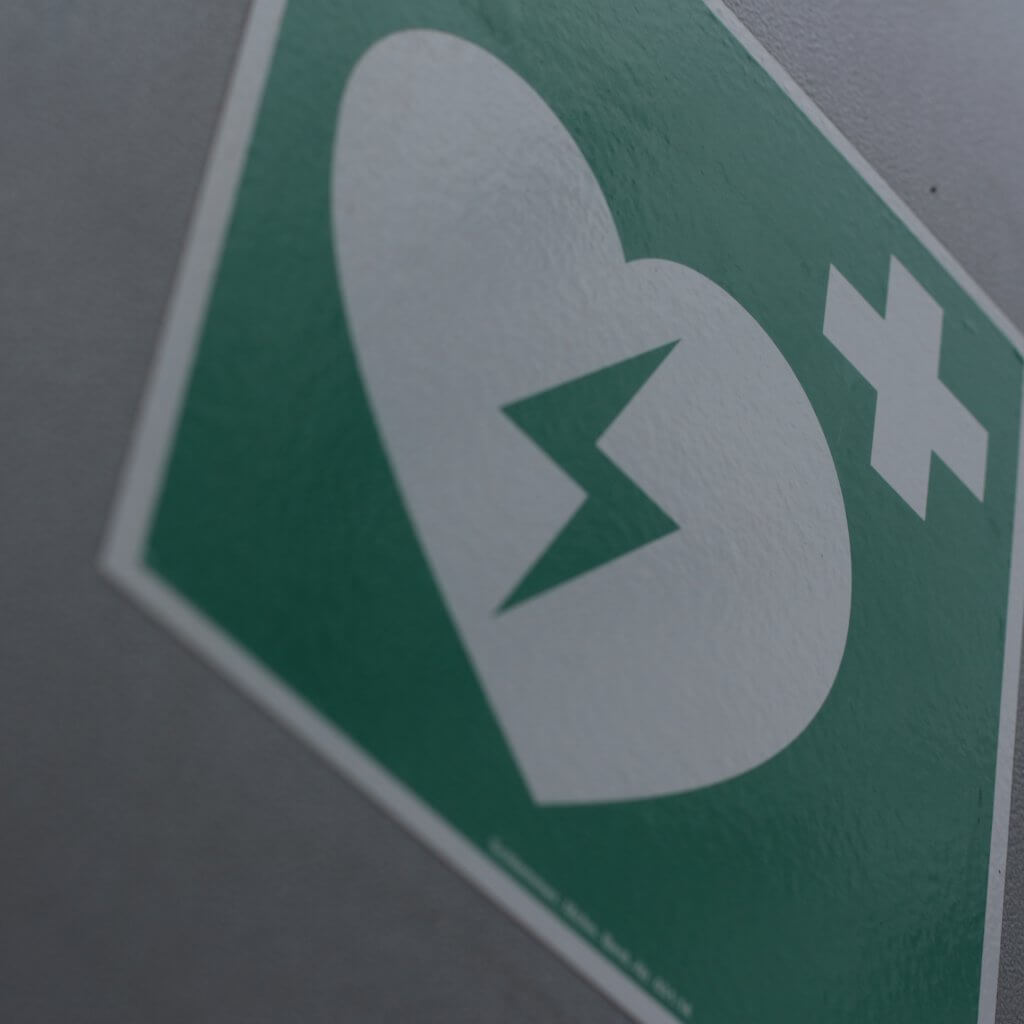
In another very unfortunate case, a high school student died after overuse of sports cream. Arielle Newman, a cross-country runner, died after applying excessive amounts of a sports cream to her legs after a strenuous workout. The cause of death was found to be an overdose of methyl salicylate, the wintergreen-scented ingredient found in sports creams such as Icy Hot. Methyl salicylate breaks down to salicylic acid (aspirin) in the body, so she effectively overdosed on aspirin.
In a Nutshell
If you are a regular pain pill popping runner, it may be wise to reconsider this approach. Harmful side effects may be dose dependent, but research shows that as little as one tablet may cause permanent organ damage in worst case scenarios. Not only does it pose serious risks to your health, but it also hampers your training and recovery.
Sources
- , Consumption of analgesics before a marathon and the incidence of cardiovascular, gastrointestinal and renal problems: a cohort study. In: BMJ Open. 19;3(4), Online Scientific Research Paper
- , Prostaglandin E2 is essential for efficacious skeletal muscle stem-cell function, augmenting regeneration and strength. In: PNAS (114)26, Online Scientific Research Paper
- , The Pill Problem. In: Runner's' World, Online publication
- , Exercise-Induced Inflammatory Response: To Use or Not use Anti-Inflammatory Medication. J Sports Med Doping Stud 4:142, Online Scientific Research Paper
- , Bring On the Exercise, Hold the Painkillers. In: New York Times, Online Publication
- , NSAIDs and Muscle Recovery. In: Runner's World, Online Publication
- , Ibuprofen use, endotoxemia, inflammation, and plasma cytokines during ultramarathon competition. Brain Behav Immun. 20(6), Online Scientific Research Paper
- , Why Delayed Onset Muscle Soreness is a Good Thing. In: Runner's World., Online Publication
Latest Articles
 Is Running on a Treadmill Easier Than Running Outside?Runners have their own preferences, whether it is treadmill running, running outside on the road, or exploring trails. So...
Is Running on a Treadmill Easier Than Running Outside?Runners have their own preferences, whether it is treadmill running, running outside on the road, or exploring trails. So... Is It OK to Use Trail Running Shoes on the Road?While trail running shoes can be used on roads, especially in situations where a runner encounters mixed terrains or pref...
Is It OK to Use Trail Running Shoes on the Road?While trail running shoes can be used on roads, especially in situations where a runner encounters mixed terrains or pref... How to Fix Sore Quads After Running?Rest, ice, gentle stretching, and over-the-counter pain relievers can help soothe sore quads after running. Also, ensure ...
How to Fix Sore Quads After Running?Rest, ice, gentle stretching, and over-the-counter pain relievers can help soothe sore quads after running. Also, ensure ... 10 Fruits With The Most Electrolytes to Replace Sports DrinksThese fruits are high in electrolytes such as potassium, magnesium, and calcium, essential for hydration, muscle function...
10 Fruits With The Most Electrolytes to Replace Sports DrinksThese fruits are high in electrolytes such as potassium, magnesium, and calcium, essential for hydration, muscle function...

